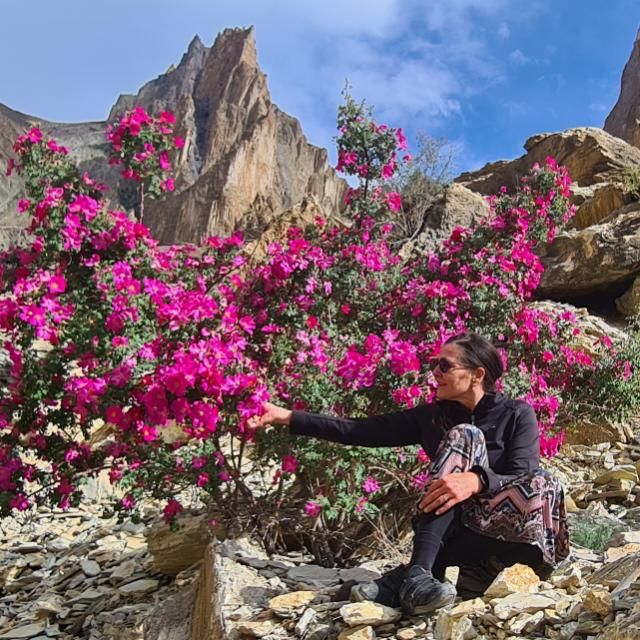Sad farewells and a meaningful connection
게시됨: 13.07.2022
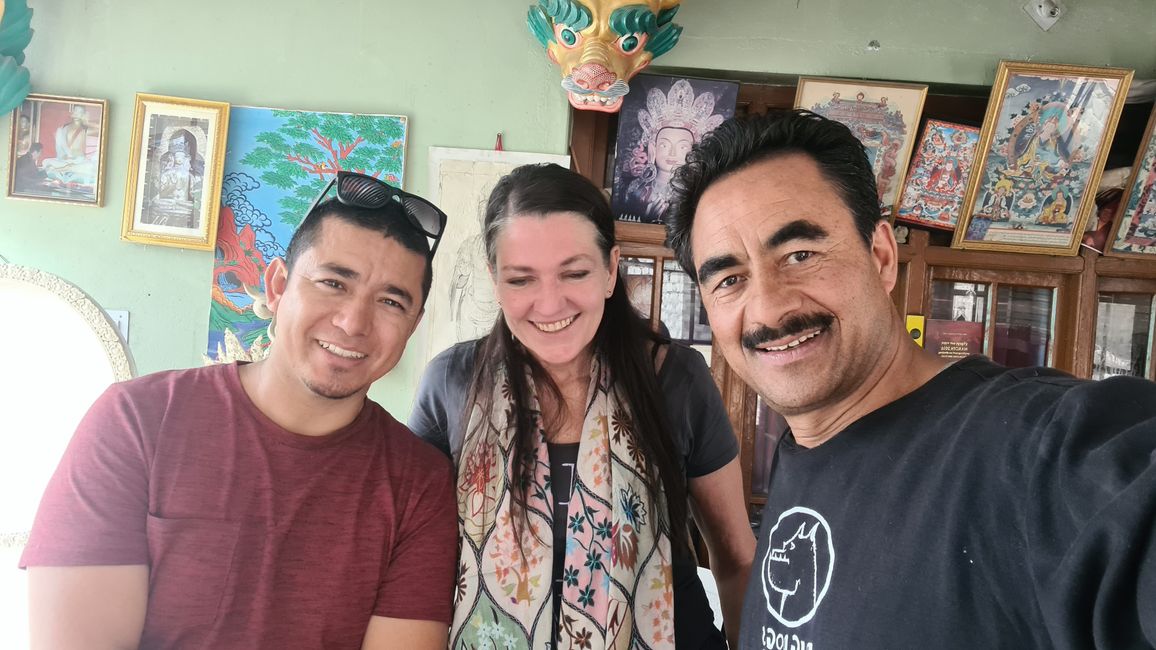
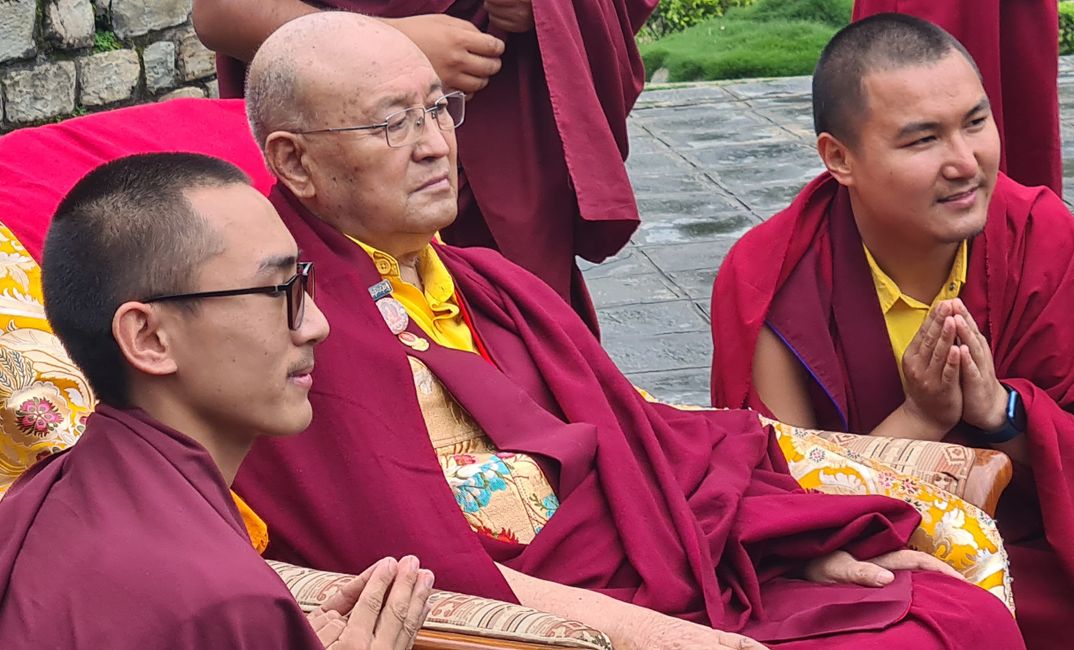
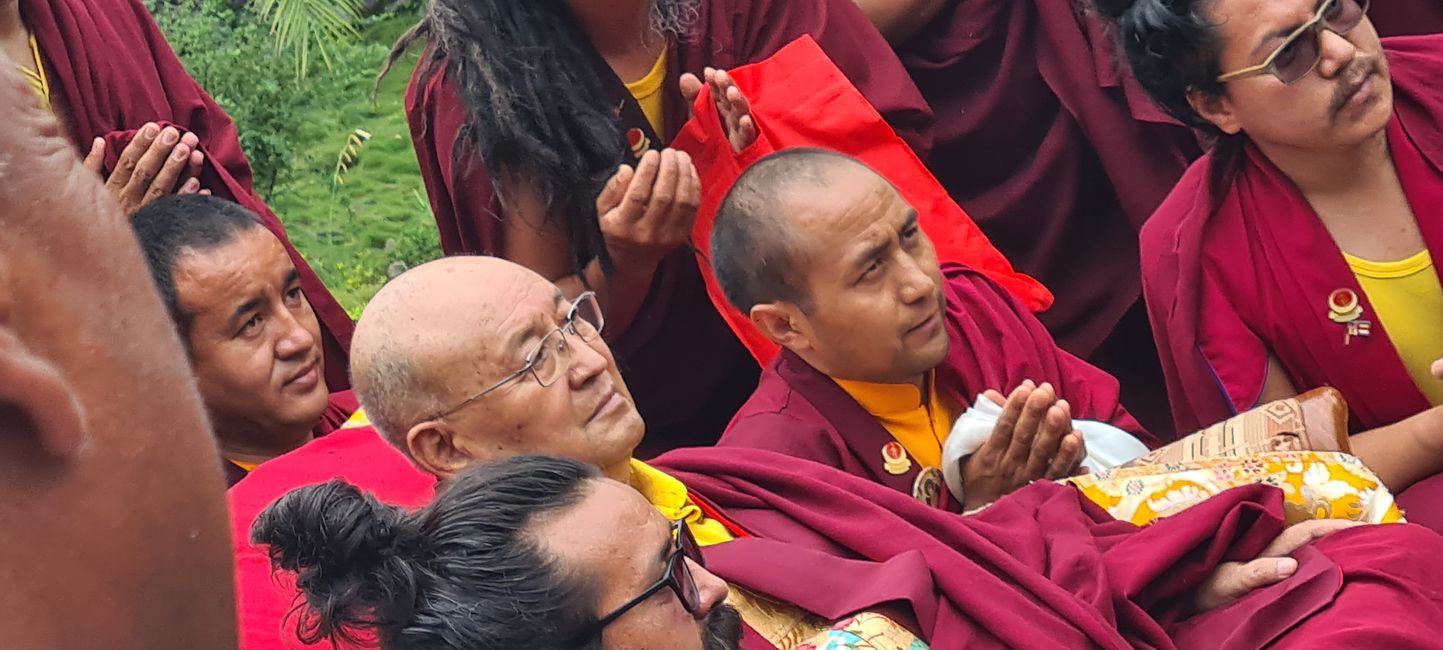
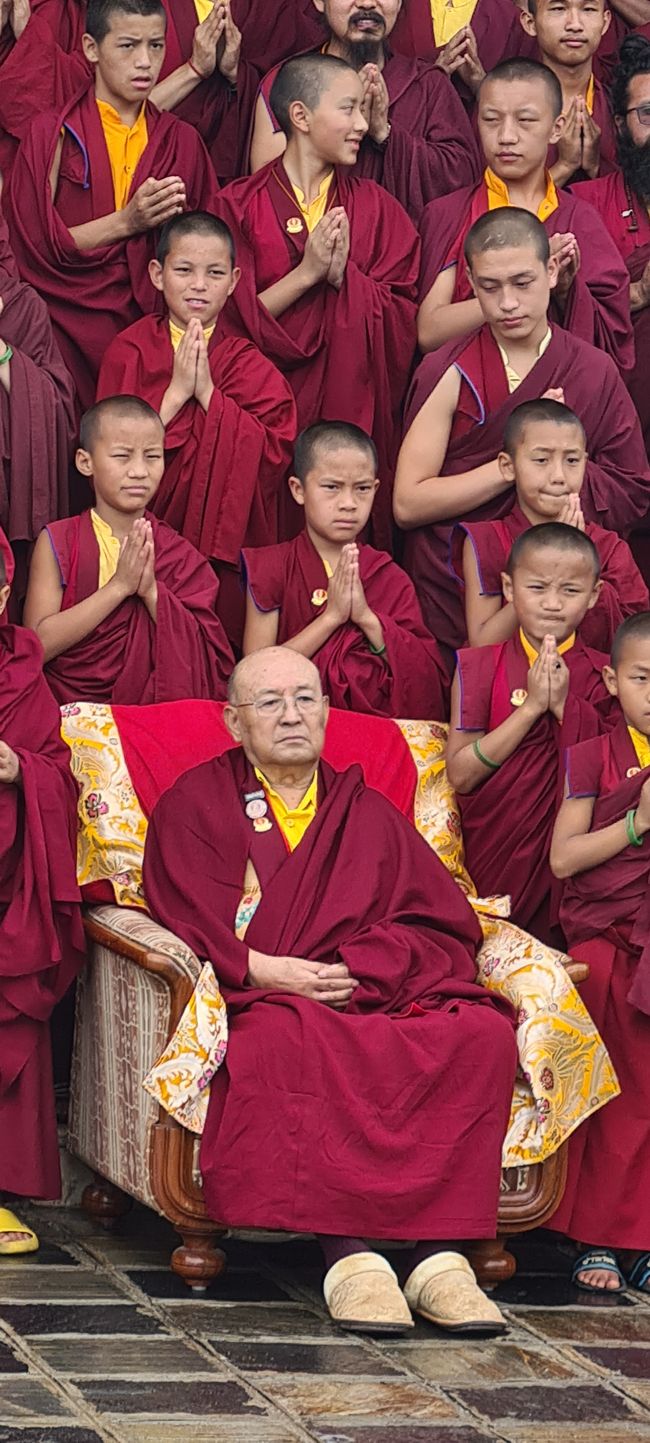
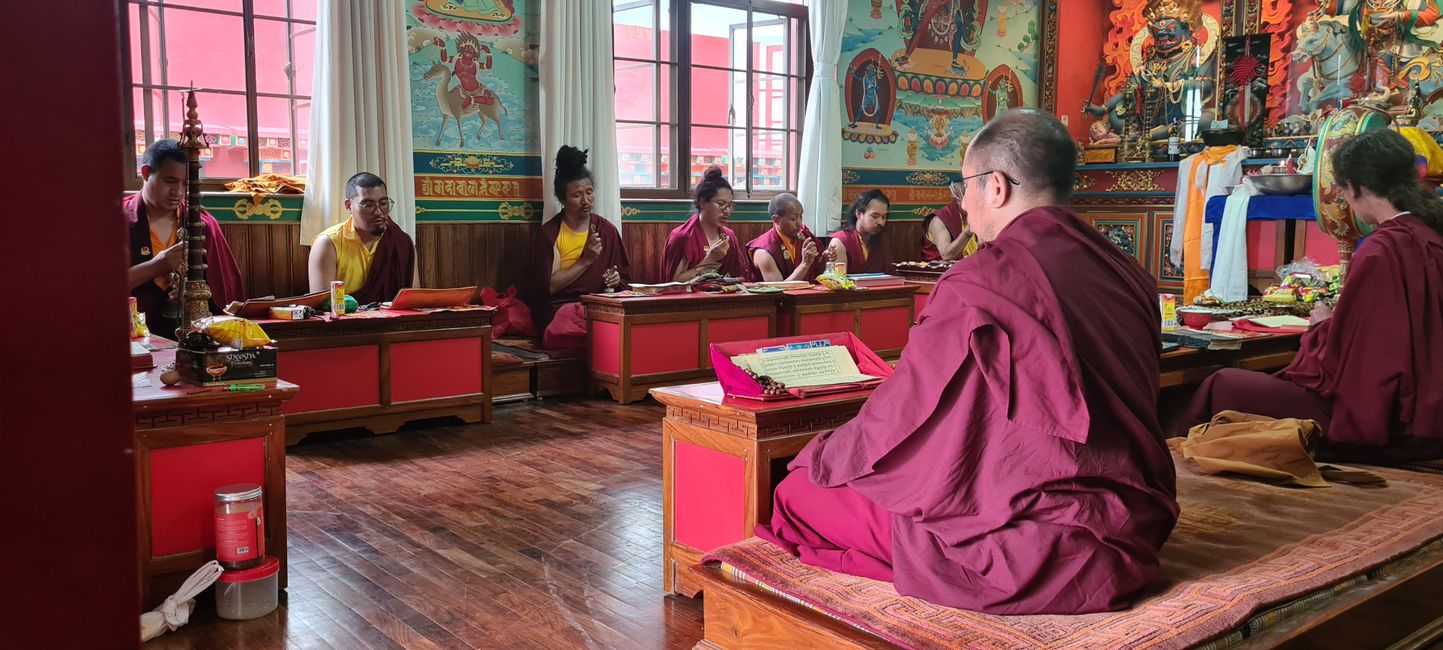
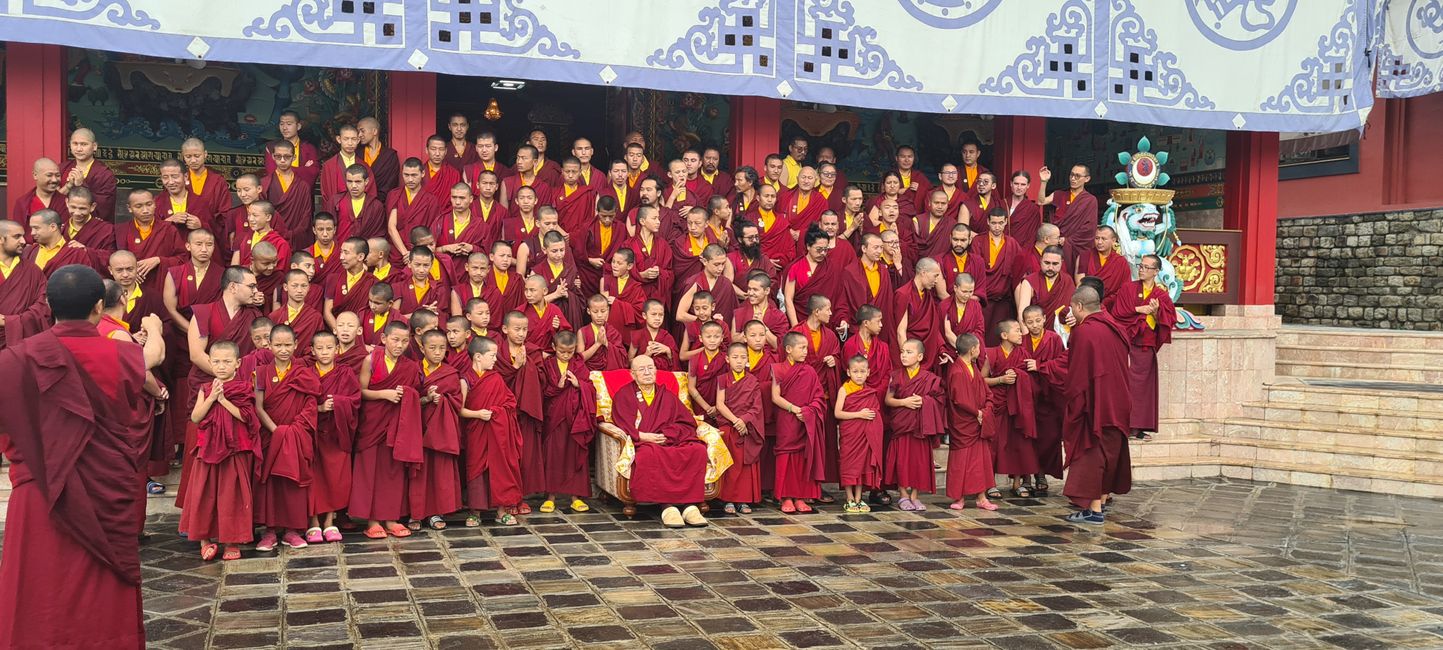
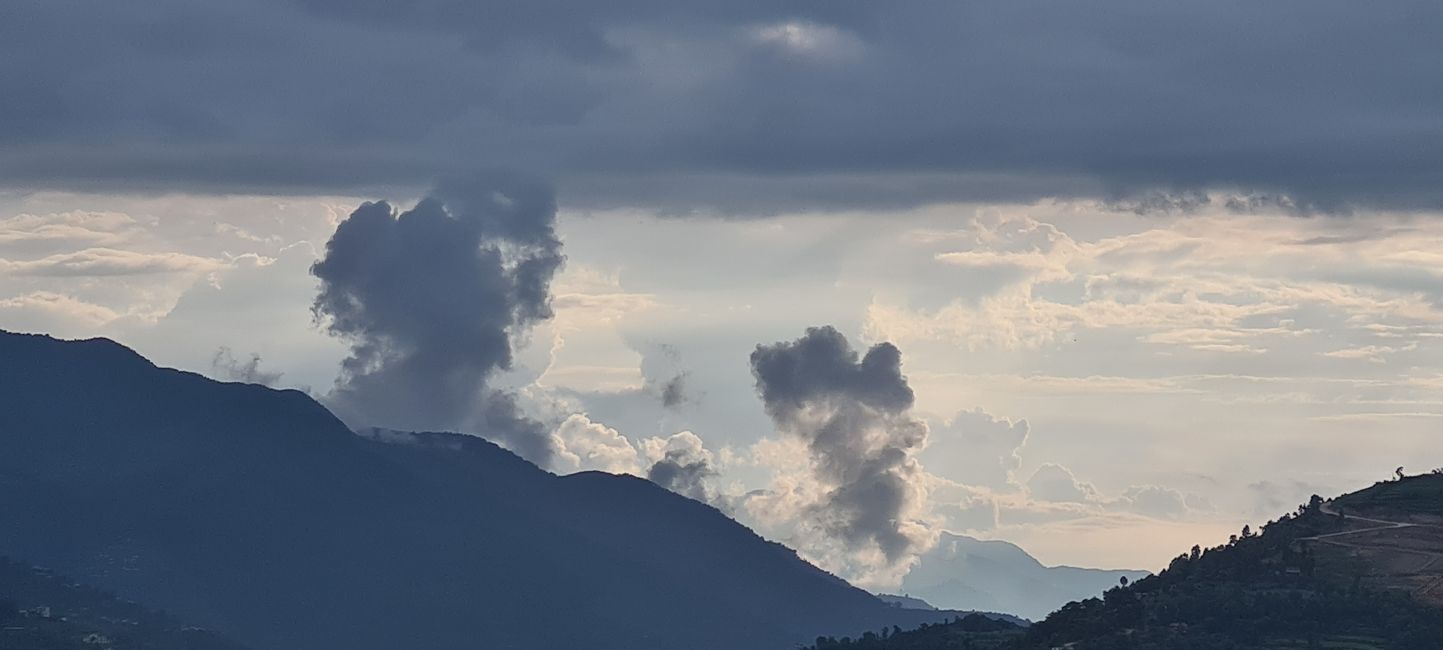
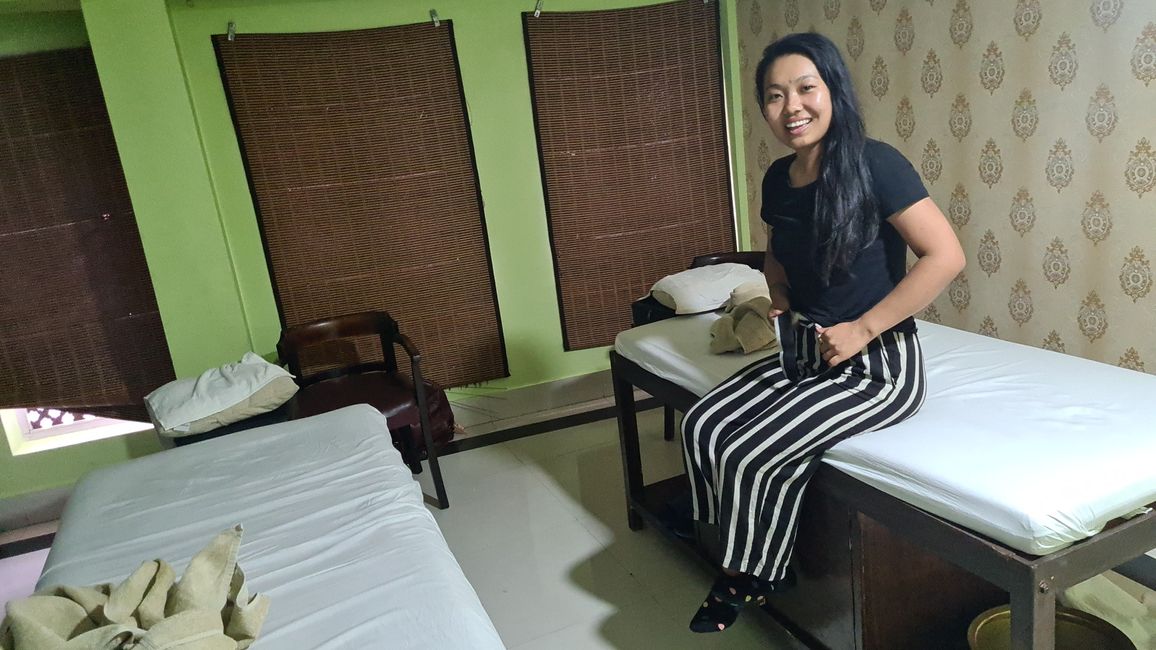
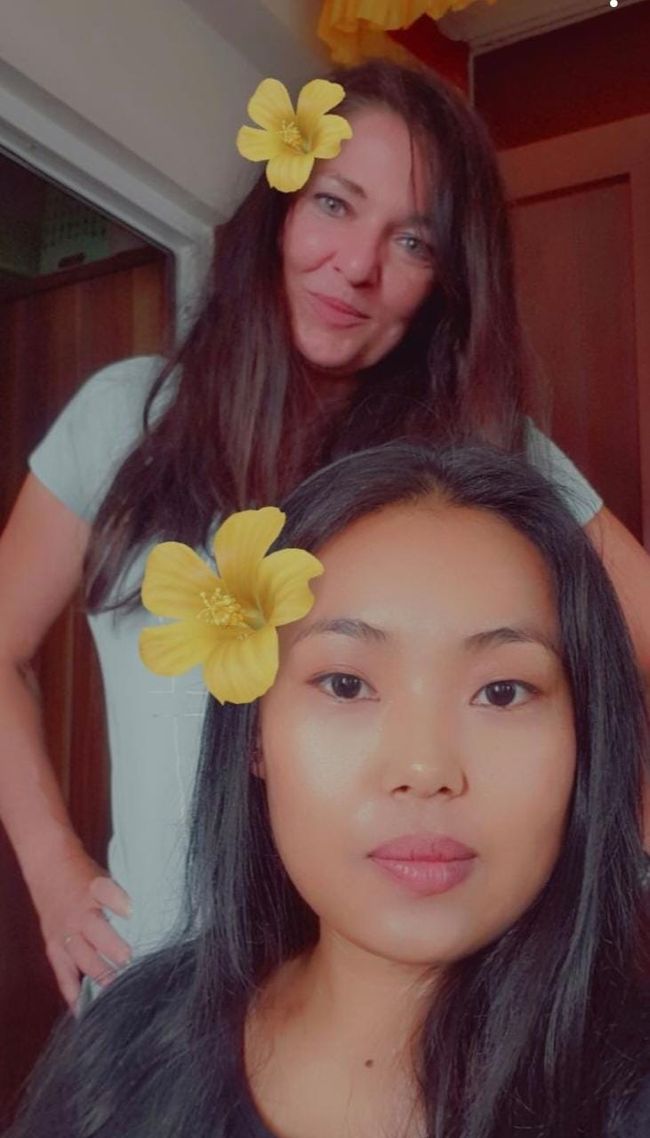
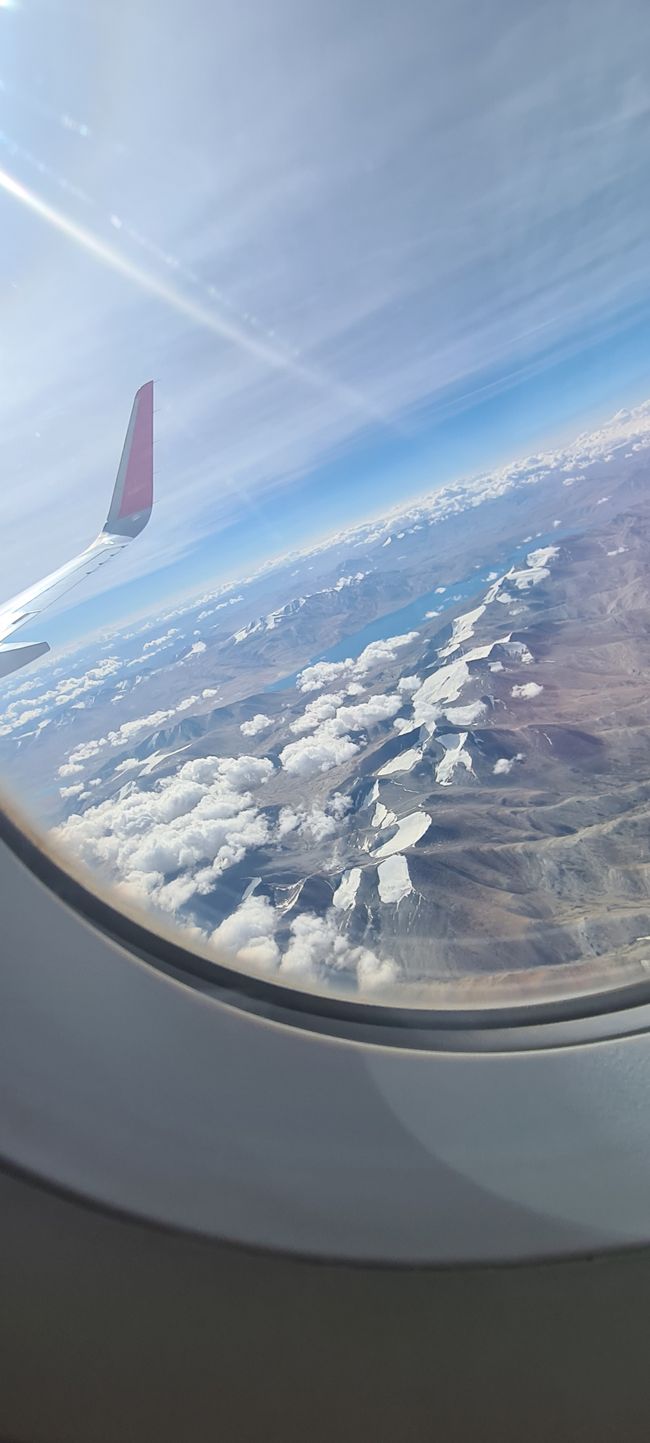
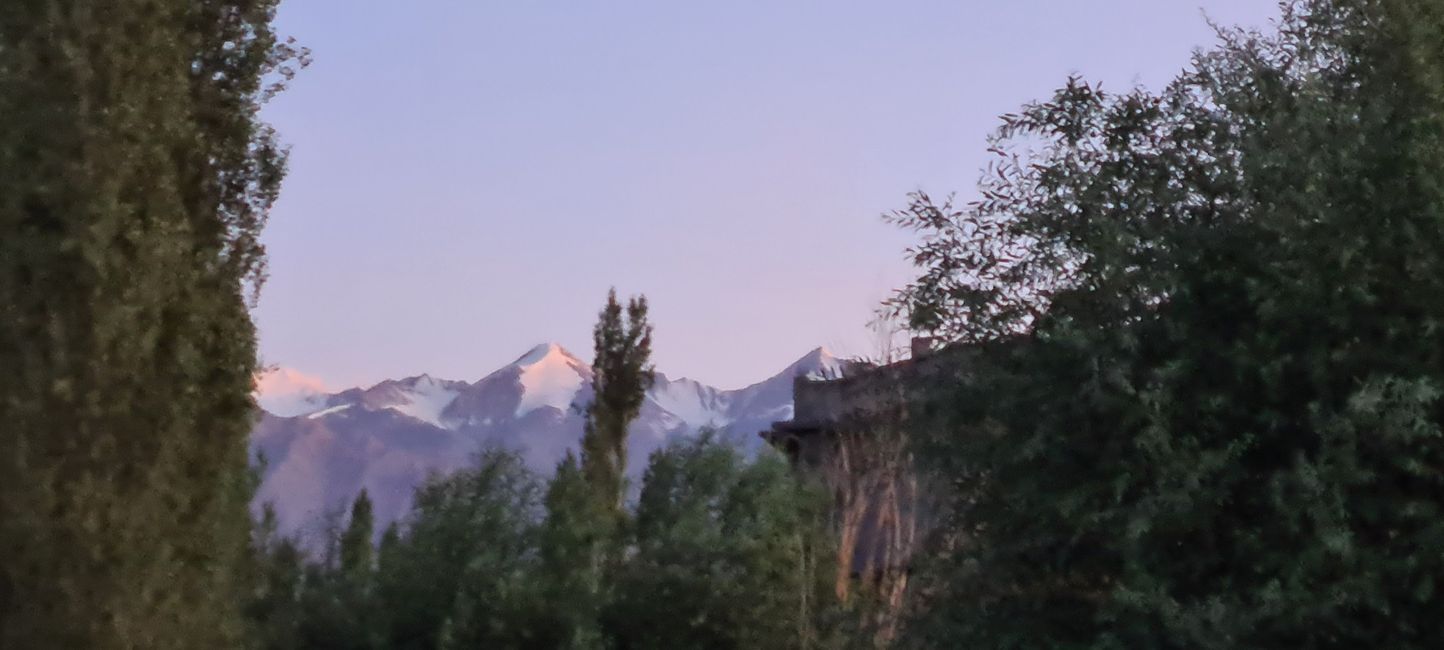
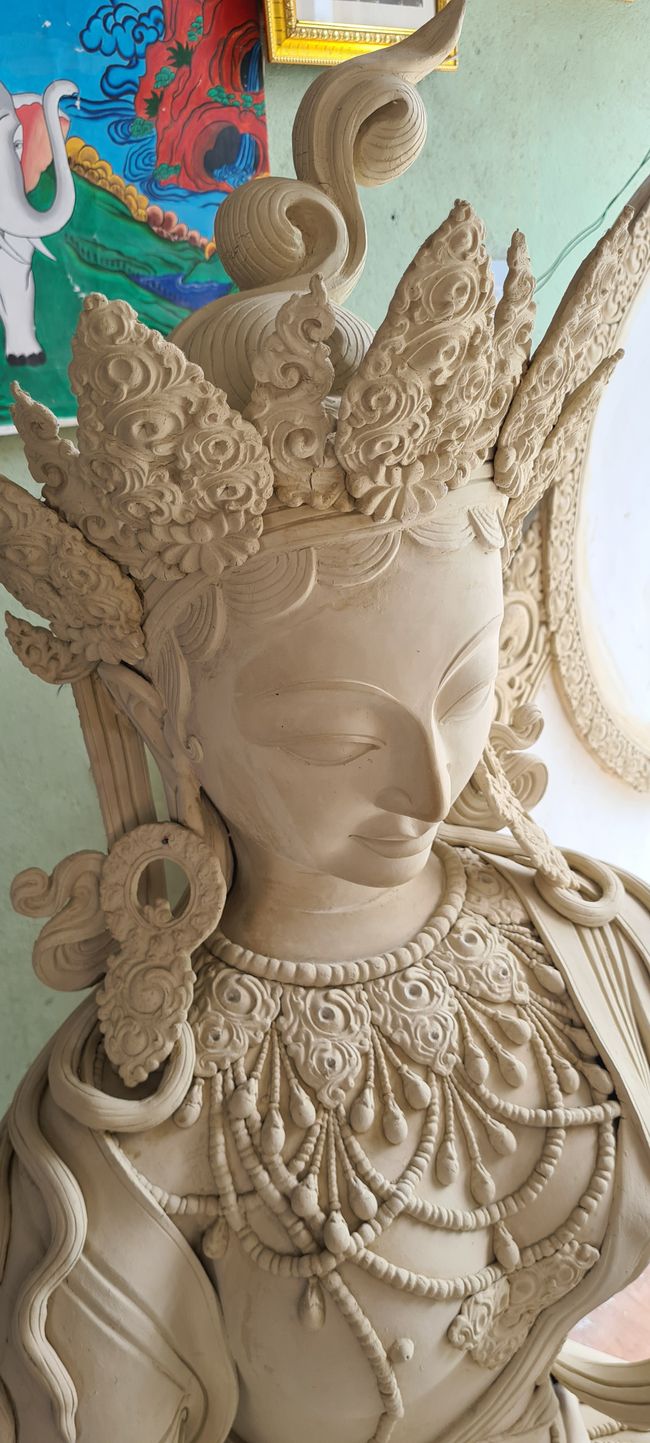
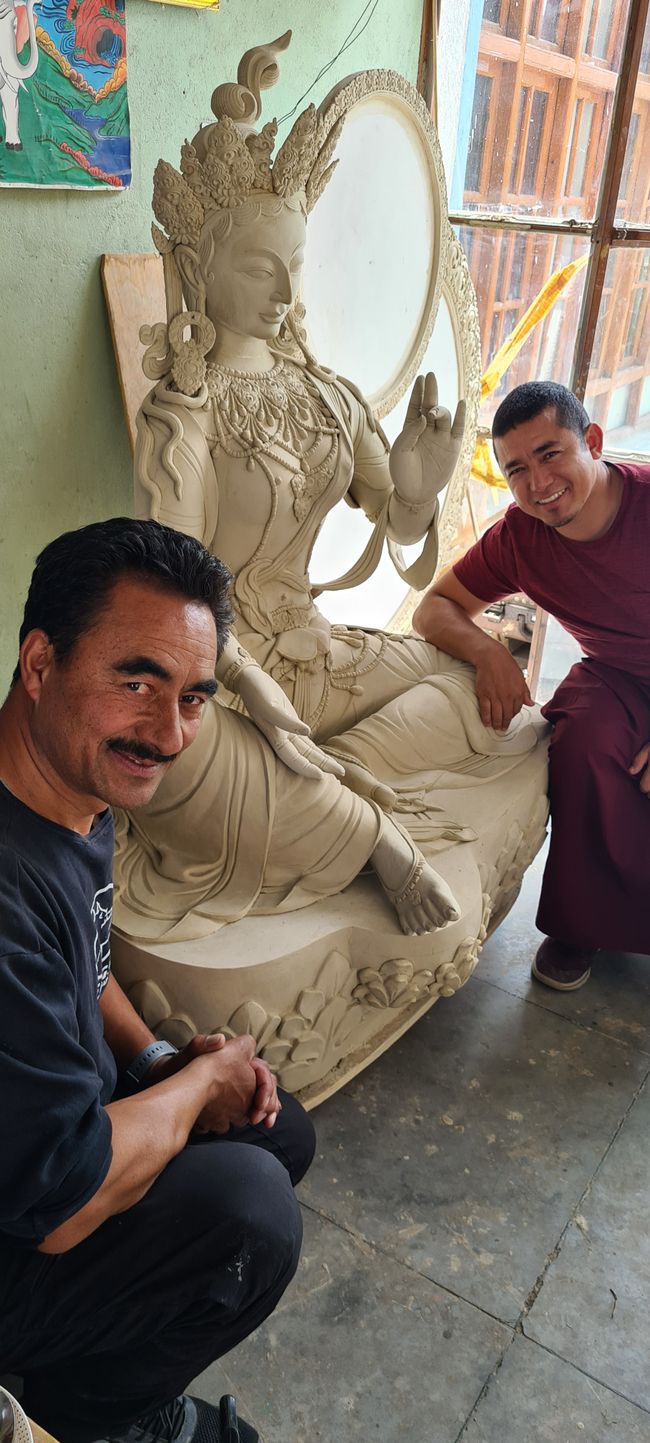
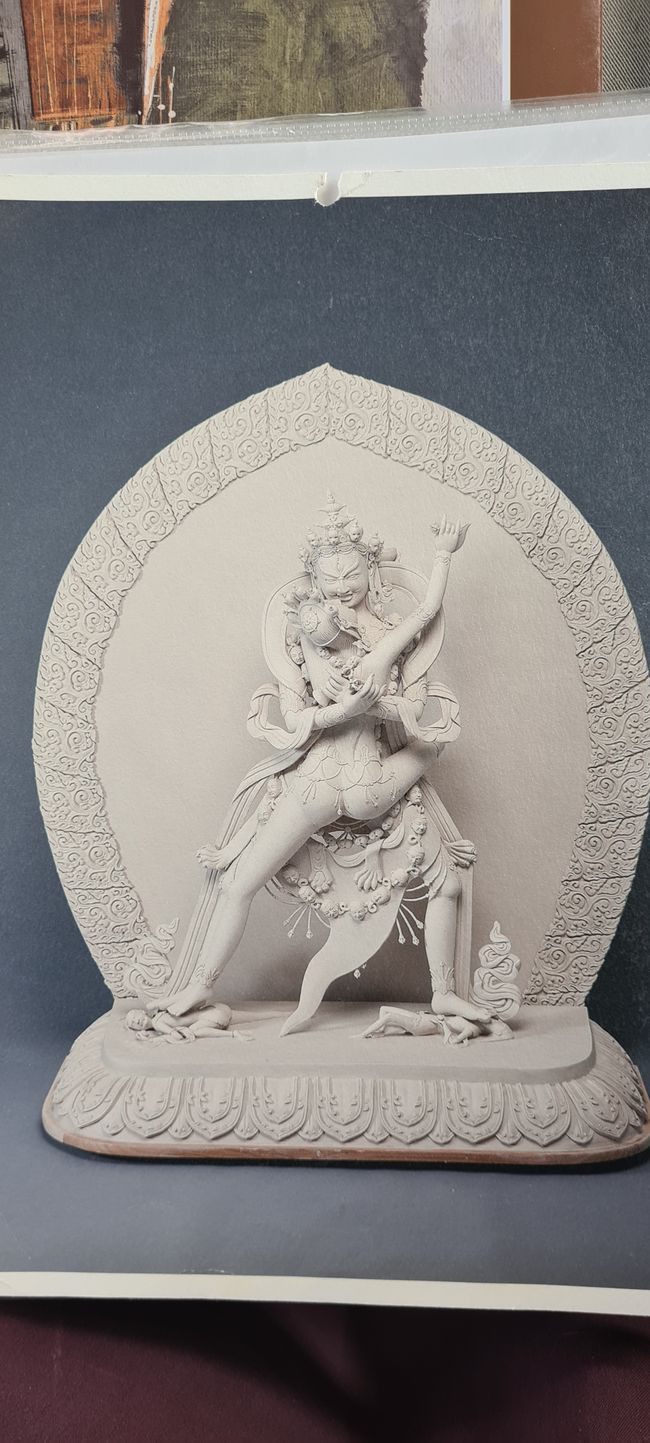
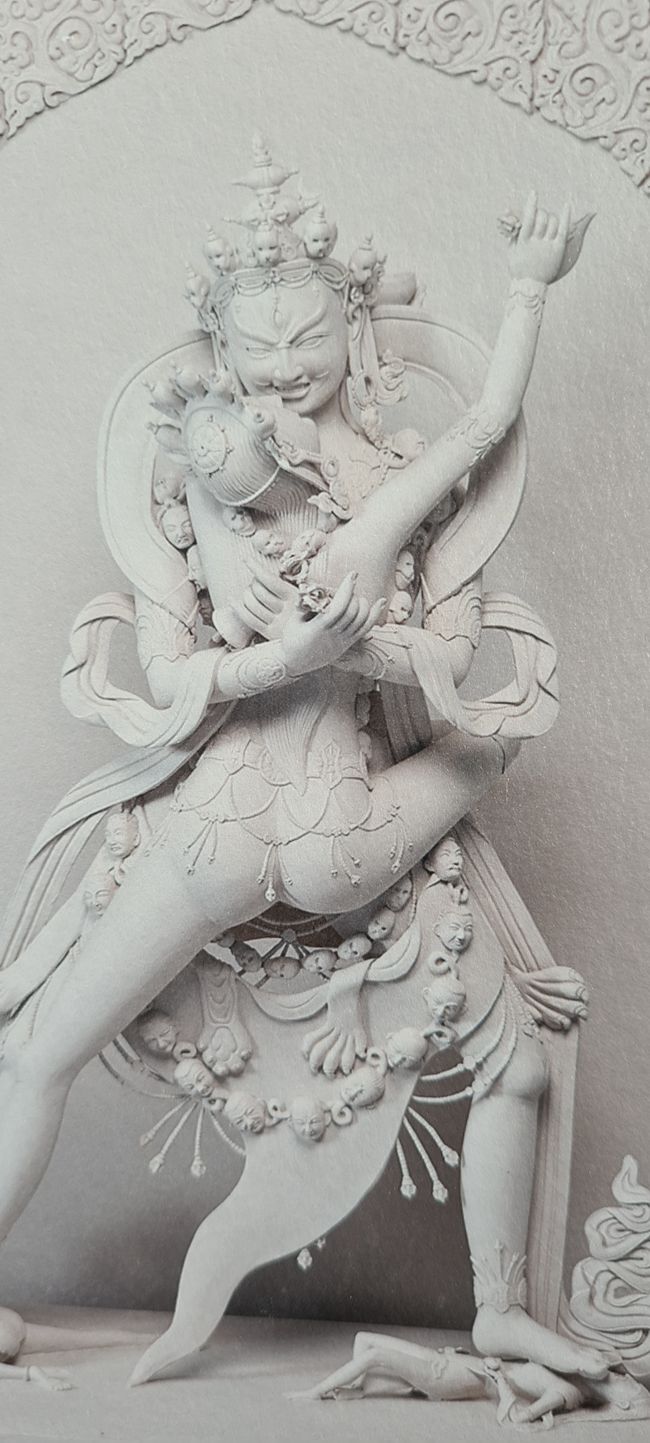
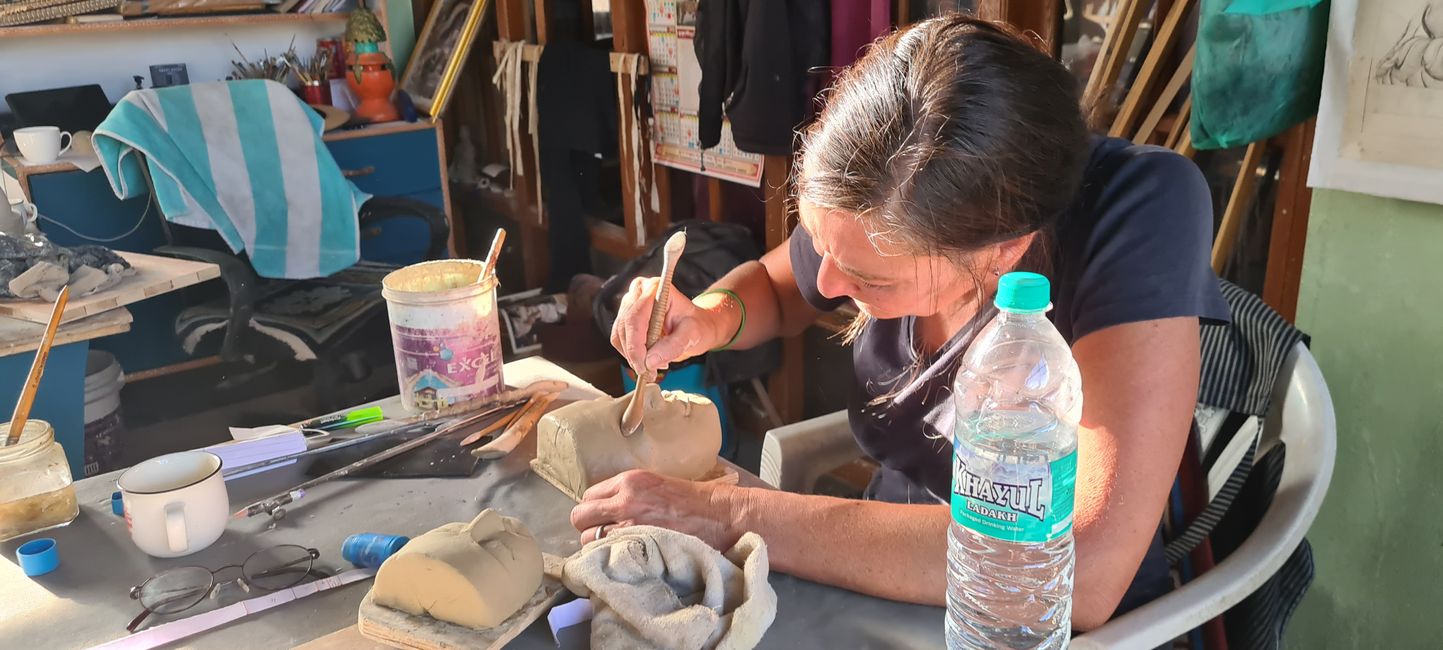
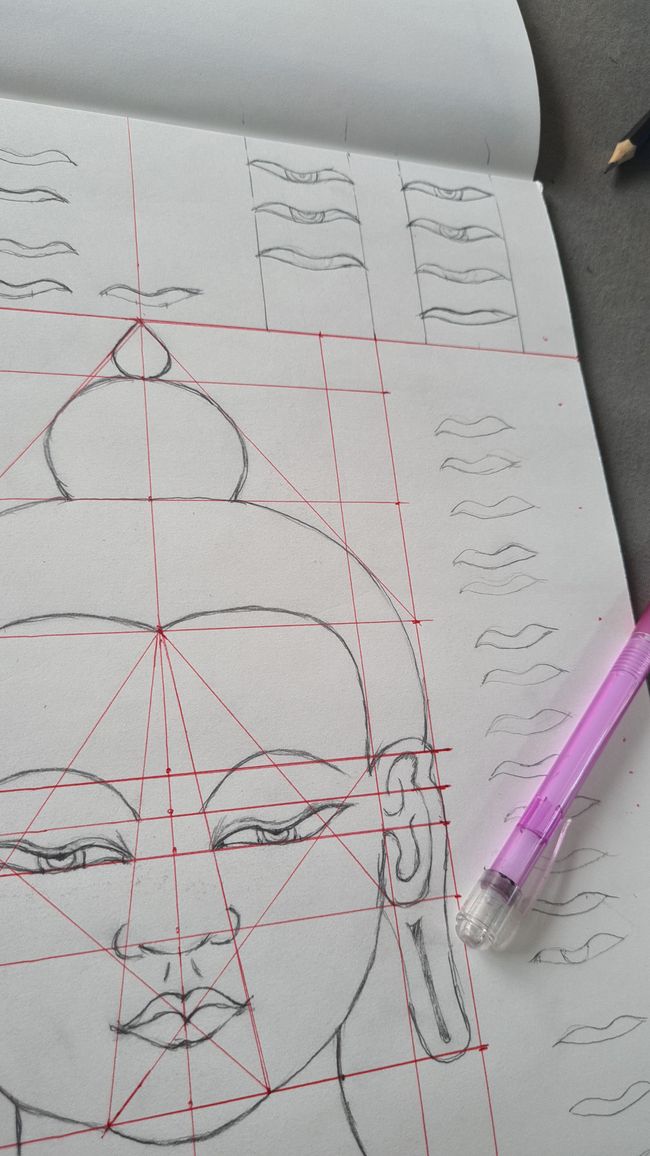
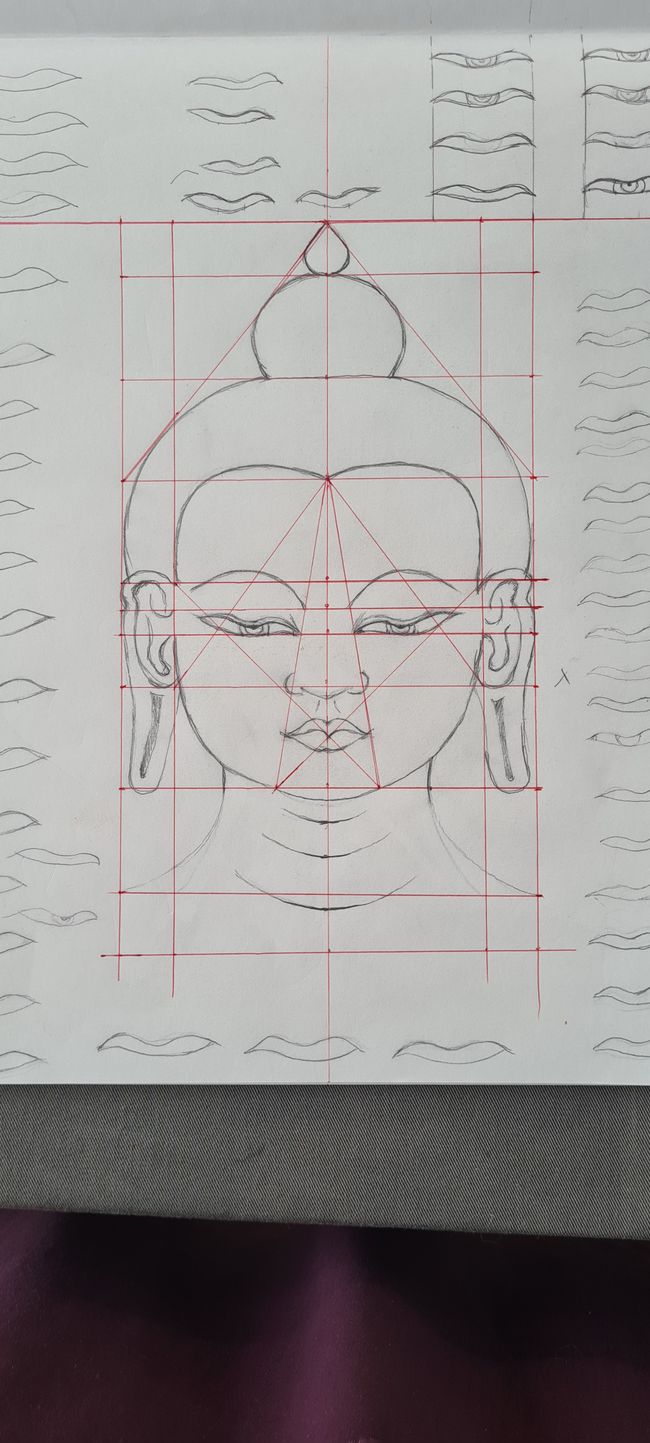
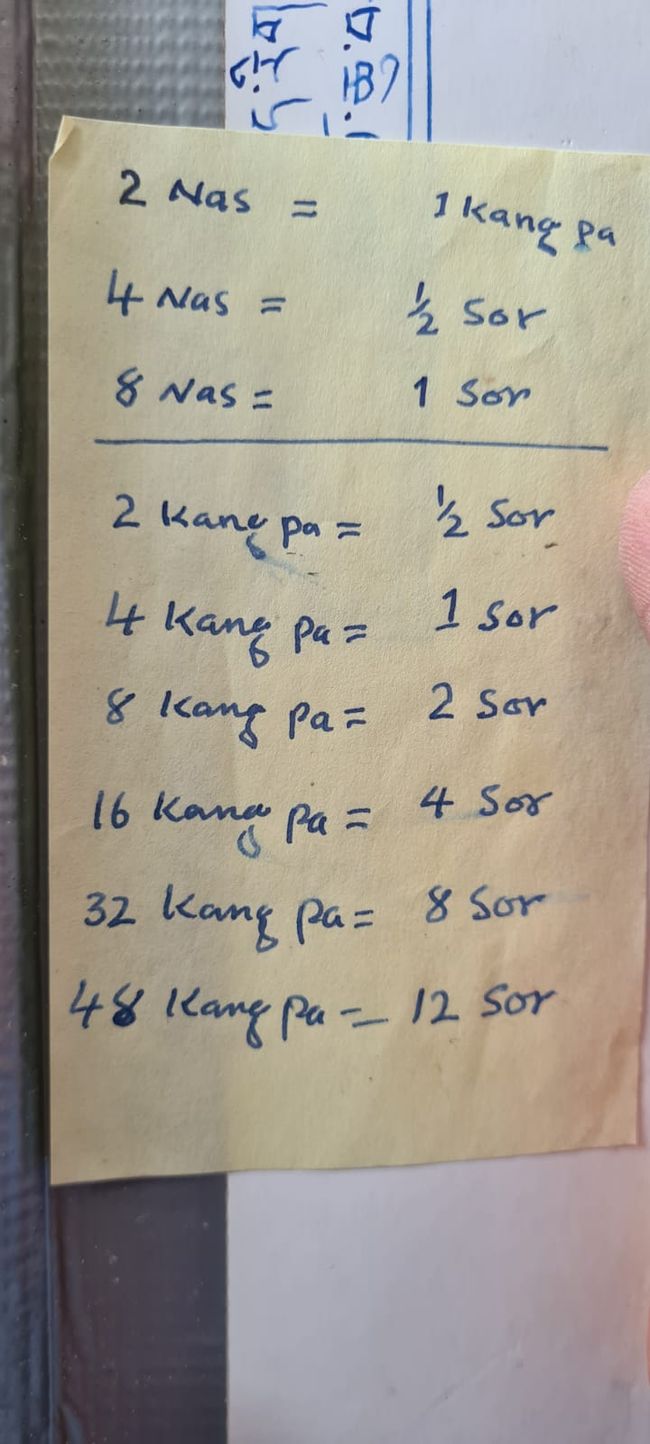
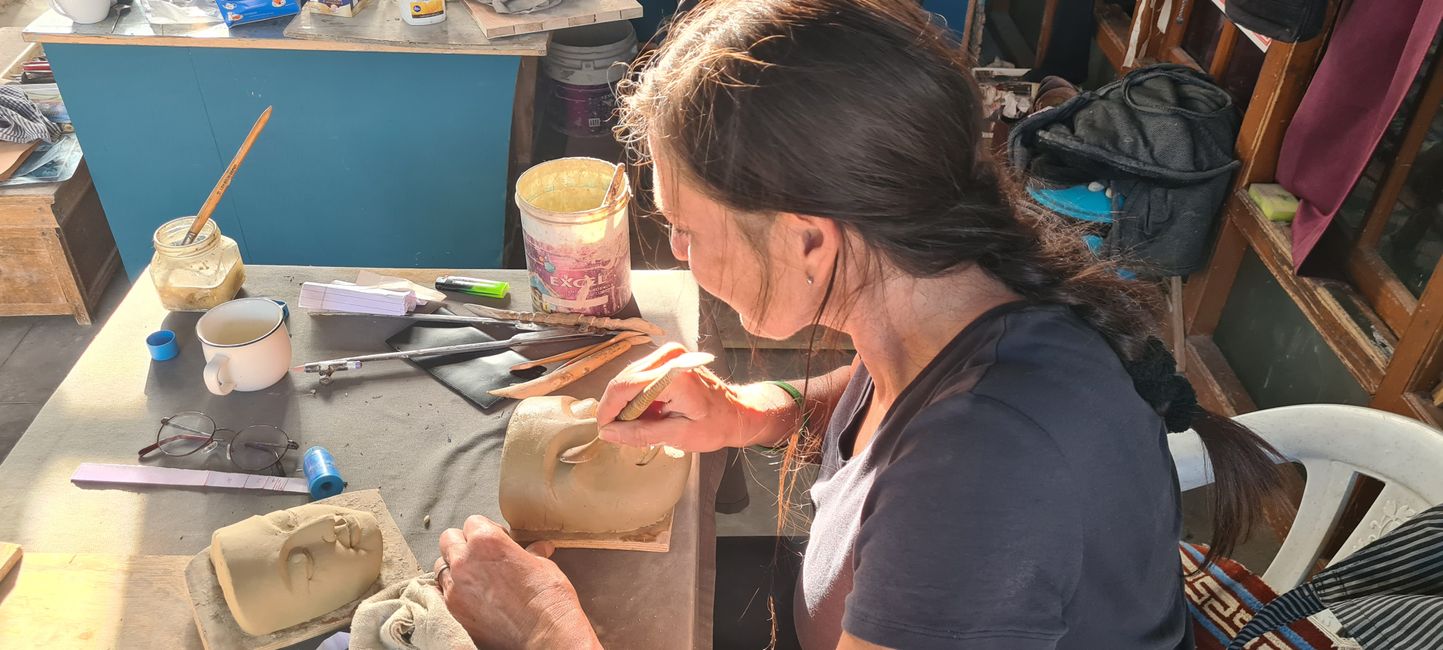
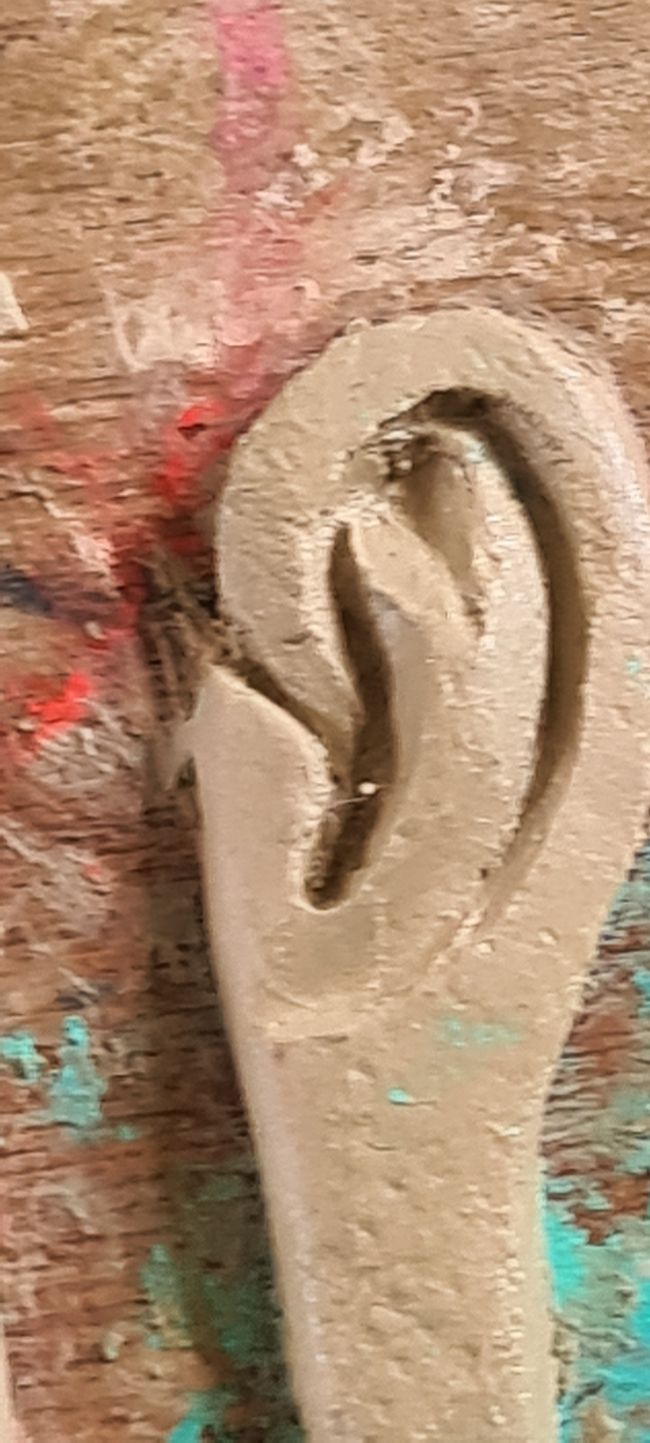
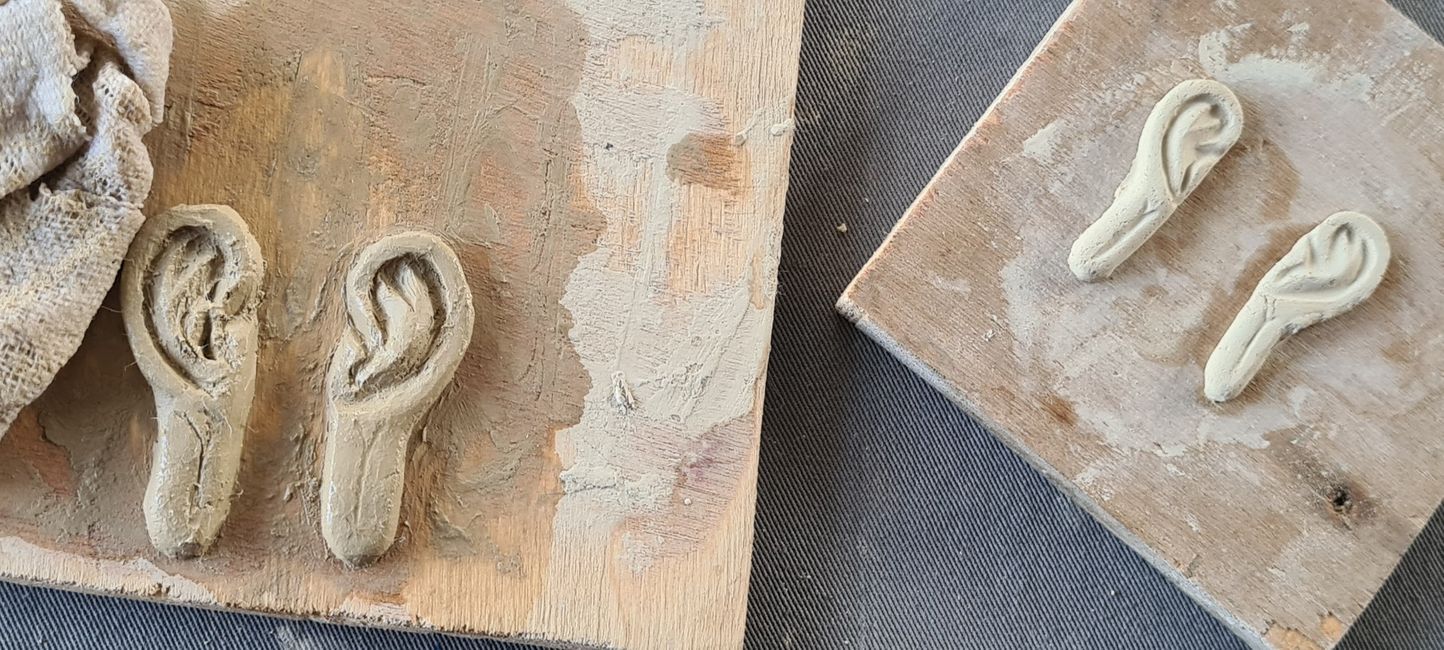
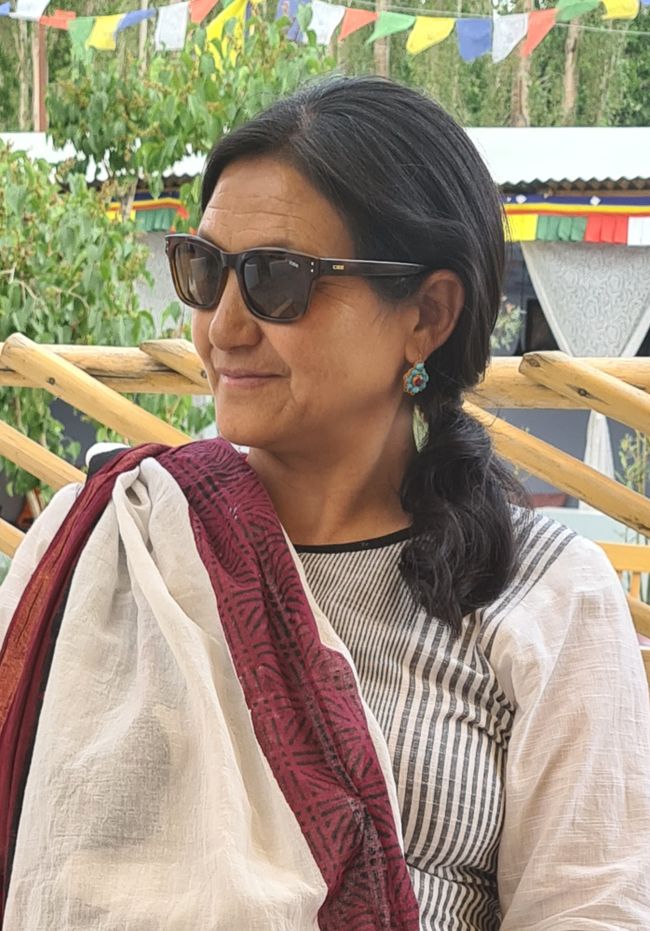
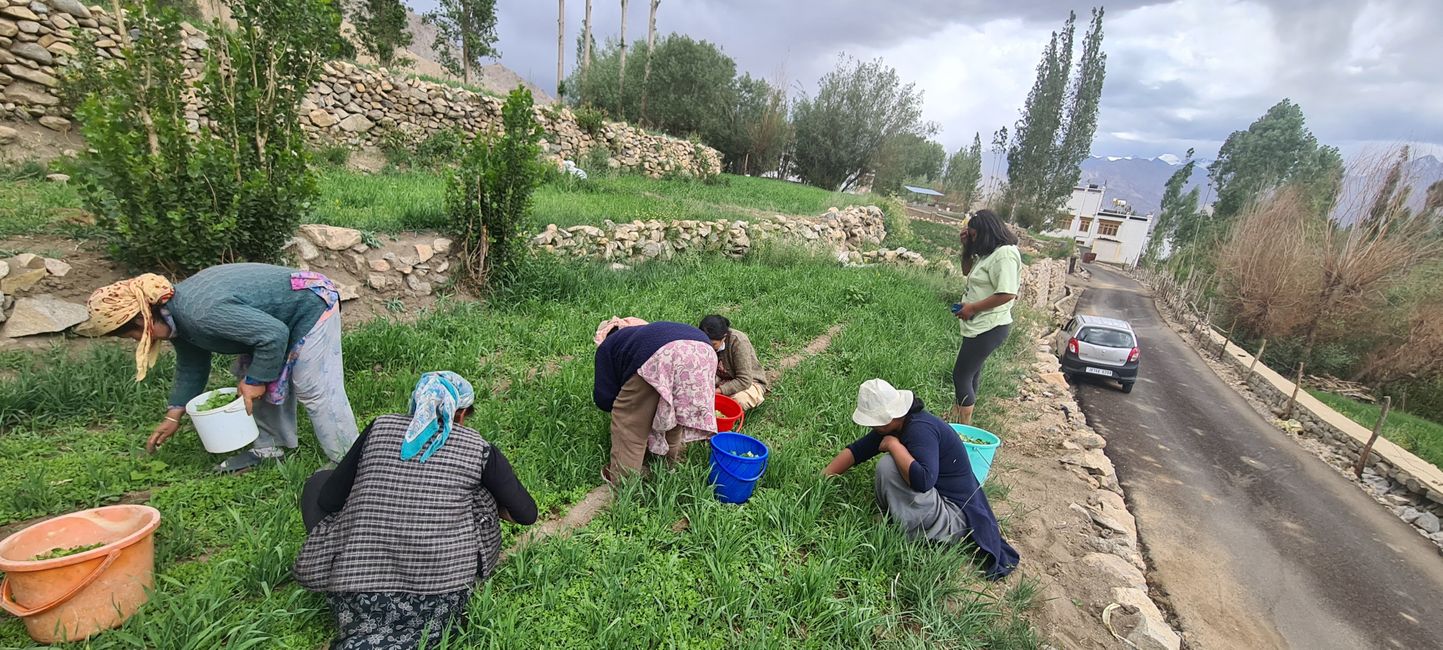
뉴스레터 구독
Something very important is happening in my life right now. I have a new teacher. But first, I must painfully say goodbye to my old guru.
My visa in Nepal is expiring, so I have to bid farewell to Sonam Jorphel Rinpoche and the monks at Rinchen Palri Monastery. And as always, when I leave the mandala of this wonderful Buddhist community, a few tears flow. Especially when I think that this may be the last time in this life that I have the opportunity to look into the eyes of this unique teacher and hear him say 'Take care' with a crooked smile on his face.
Wrinkles and new holes
I also have to say goodbye to Rangdröl, my favorite monk here. He will stay in Nepal until our Rinpoche returns to Vietnam. So I have about two weeks in Ladakh without a companion ahead of me. And I admit, I'm a little tense about the prospect. That's why I'm relaxing with Sonam Palmo at the spa and getting a facial treatment. The hardships of the journey have clearly left their marks. I'm not too bothered by tightening my belt by one more hole, but no one really needs the wrinkles on their face.
Accordingly relaxed, I board the plane in Kathmandu heading towards Leh. However, I have to spend a eventful night in Delhi. Eventful because there was supposed to be a driver waiting at the airport to take me to the online booked airport hotel. But no driver in sight. A taxi driver offers to help. Of course, he smells a good deal. But I'm standing there without cash, as the Nepalese rupees in my wallet don't interest anyone in India. So I let the taxi-wallah guide me to the nearest ATM. And that's where the misfortune begins. Because the driver is rushing me and I'm already quite tired, I left my credit card in the ATM and only took the 10,000 rupees.
Lost in Leh
But I only realize that the next morning at the airport. (The hotel driver somehow showed up after an hour and a half of waiting). When I want to buy gifts for my Ladakhi family in the duty-free shop, there is suddenly a gaping emptiness in the Visa card compartment. Oh my God, I think, and of course immediately dial 116116 to block the card. It doesn't work, of course. Somehow, I manage to get the card blocked, even though I can't make a call to Germany with my Indian SIM card. However, the prospect of 3 weeks in Ladakh without cash is not promising.
But I am 'in family'. Angmo, Rangdröl's niece, picks me up from the airport as planned. But then the next shock: my suitcase is still in Delhi. Again. So I'm standing in front of Angmo completely worn out - without cash, without a toothbrush, and with only the clothes on my back. Well then....
1000 euros and a promise
Angmo wouldn't be Angmo if she didn't have a practical solution at hand. She chauffeurs me to her hotel, where I can stay for free for the time being. And she offers to lend me a lot of cash. 'It's just sitting in the bank anyway,' she says, grinning. But I wouldn't be myself if I wasn't totally uncomfortable borrowing such a large sum of money from her. There must be another way, I think. And then Lama Samten comes to mind, whom I wanted to call anyway because he wants to help me establish contact for the internship with the statue maker. Lama Samten lives in Gießen, Germany, and speaks German very well - and he has a German bank account, to which I can easily transfer money online. Whew.
True to Ladakhi hospitality, Lama Samten hands me 1000 euros, but doesn't give me his bank account number right away. 'We'll do that later,' he grins at me with kindness. He then tells me about his many projects that he is currently advancing and leaves me more than impressed and with the promise to take care of the statue maker the same evening.
A meaningful connection
Said and done: I am in the middle of meditation when my phone rings and Lama Samten brings me the joyful news that the statue maker wants to meet me the next morning. As I later learn, he is just as excited as I am. Because just a day earlier, Chhemet Rigzin, his name, discussed with his Czechoslovak friend Honsa how great it would be to teach a Western student the art of statue making here in Ladakh.
And then I stand at the door - with photos of my Tara statue that I made in Germany. As it turns out, Chhemet is also working on 3 Tara statues at the moment and finds the parallel significant. 'We have a special connection,' he declares contentedly and arranges to meet me the next day. By the way, my statue has caused him to smile amused. After all, he says, 'I can see something'. Okay.
Chhemet will call me two more times on that day to explain exactly what I need to bring. However, it's not that easy to find the recommended apron. Nothing in my size is available. Once again, it's Angmo, always practical, who gives the small apron to her cook from the store, who in turn has to give me his larger version in exchange. He probably isn't pleased.
I can hardly sleep because I'm so excited about starting to work with clay the next morning. As a complete beginner and with little experience in working with clay, I feel like a baby learning to walk. The master mixes cotton into the clay for the statues, which makes it more stable. But these strands of cotton keep surfacing as I make my first tentative attempts at shaping the Buddha's ear. In contrast, Chhemet performs four or five skilled movements and the ear is perfect. Skillful indeed.
In Chhemet's workshop, I also get to know Honsa, who is two meters tall, in a better way. He invites me to come to Prague next spring. Because Chhemet also plans to be there in spring. Then I could continue learning.
The days pass quickly as I struggle with the clay, the tools, the measurements, and the many Tibetan terms for ornaments and clothing. Unaware that a person I know is losing a much more serious battle a few kilometers away. Lama Serpa, whom I know from Lamayuru, had a serious car accident with Lama Rigzin and Lama Gyaltsen, and died in the floods of the Indus. As of now, while I'm writing this post, his body has not been found. However, the other two monks have survived.
People disappear from life
It's a bit like back when my friend Britta died in a car accident in Ibiza: You can hardly grasp the tragedy because this death is so abstract, you don't see a body, and the person is simply no longer there. My prayers are with Lama Serpa, who can no longer tell me anything about the history of the Atitse Monastery.
I am paralyzed. I can't get anything done for the rest of the day. So I let Chhemet take me to my homestay accommodation quite early to disconnect from Ladakhi family affairs and clay masterpieces for a while, and instead contemplate my memories and the suffering of impermanence.
A tragic ending for this post, which was meant to be so euphoric, I know. Hopefully, next time there will be more cheerful moments...
뉴스레터 구독
답변 (2)
Andreas
Danke für die Verbindung,den Kontakt,das miterleben dürfen.Anke
So gern ;)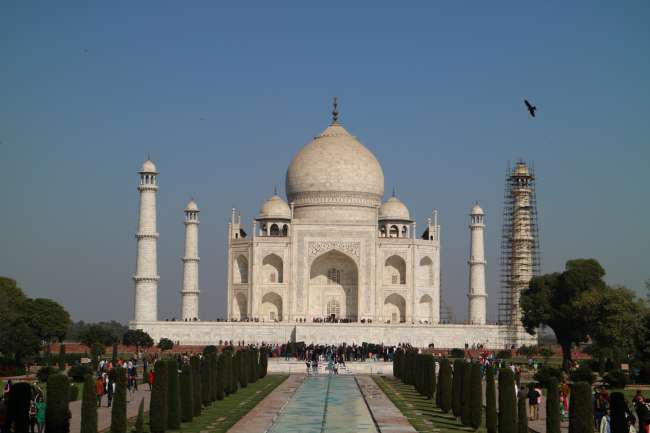
인도 여행 보고서

